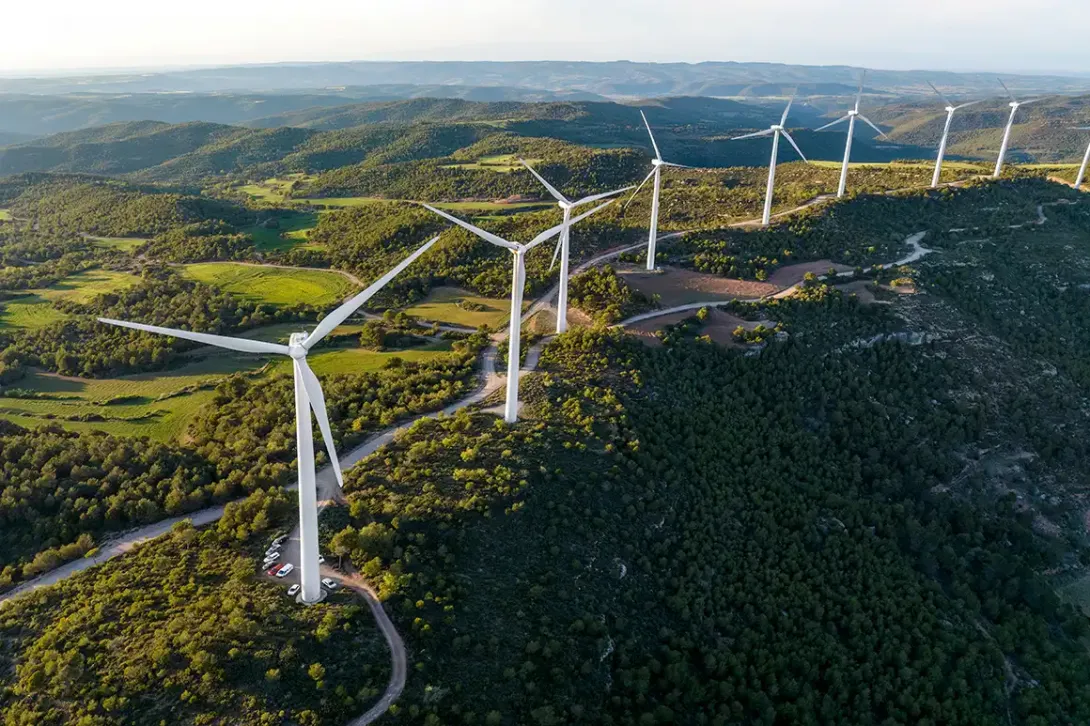
Why do we need to move away from coal as an energy source?
The recent agreement by the G7 to phase out coal as an energy source by 2035 is an important milestone in our journey towards a cleaner, more sustainable future.
The energy we produce by burning coal is known to be the number one enemy of the climate, due to its enormous greenhouse gas emissions. Beyond those statistics, emissions are causing major damage to our planet. Forest fires, catastrophic floods and extreme weather events are increasing in frequency and intensity, reminding us how urgently we need to act.
Moreover, coal not only pollutes the air and water, but also directly threatens the health of people living near mines and coal-fired power plants. Its impact on human health is severe and widespread, ranging from respiratory problems to heart conditions and cancer.
Clean energy opportunities
Fortunately, coal is not the only energy source that nature has to offer. Renewable energies, such as solar, wind and hydropower, are poised to play a key role in our energy mix. These alternatives are not only clean and sustainable, but also increasingly accessible and cost-effective. It is time to invest in the power of sun, wind and water to drive our communities towards a brighter future.
The G7 agreement is an important step, as it involves the most politically powerful countries in the world, but this is only the beginning. Bold action is needed at all levels, from governments to corporations to citizens, to set the world on the path to a carbon-free future.
In summary, the agreement establishes a firm commitment to eliminate the use of coal in power generation by 2035, with the condition of applying mitigation technologies if it continues to be used, and focuses on the transition to cleaner and more sustainable energy sources, in line with the goals of the Paris Agreement and global efforts to combat climate change.




